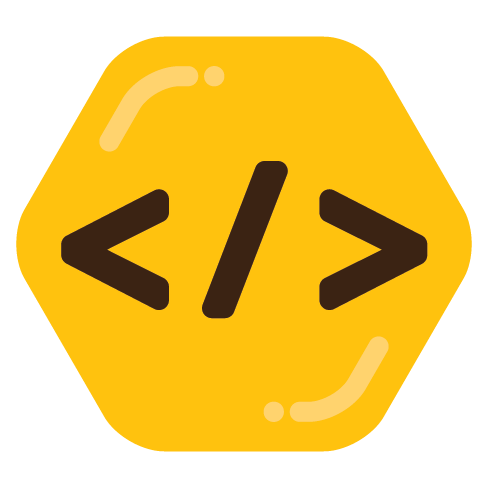- 40 Posts
- 8 Comments

 1·2 years ago
1·2 years agoOriginally posted on reddit by /u/ntortellini

 1·2 years ago
1·2 years agoThe paper is really interesting, even though it looks like it was translated with Google Translate. I’m not sure as to the credibility of this particular institution, but the concept of using BOLD data to initiate the simulation is a really interesting one. I wonder if it would work better using data from the new sub-micron fMRI tech.
The really fascinating point is that they were able to check the simulation but giving it inputs similar to what a live brain would receive, and get very similar responses. That’s amazing, and I’d like to see if anyone else manages to replicate their results.

 1·2 years ago
1·2 years agoThis still needs independent verification, but would be world-changing if true.
Are these the hot spots that lead to the storm, or the storm track itself?
Cool. Then my other answer is correct. I appreciate the help!
Okay, before I head off to bed, I think this works for the login and authentication token:
import requests import json def login(username_or_email, password): # Define the URL for the login endpoint url = "https://lemmy.ml/api/v1/user/login" # Define the headers for the request headers = {'Content-Type': 'application/json'} # Define the data for the login data = { "username_or_email": username_or_email, "password": password } # Send the POST request response = requests.post(url, headers=headers, data=json.dumps(data)) # Extract the JWT from the response jwt = response.json().get('jwt') return jwt # Use the login function jwt = login("your_username_or_email", "your_password") print(jwt)The JSON Web Token (jwt) should contain the authentication token. At least I think that’s the case. I picked this out by reading through the Go code at the following URL: https://github.com/Elara6331/go-lemmy/blob/master/lemmy.go
I’ll play around with the code later.
Here’s another example, this time for creating a comment:
import requests import json # Define the URL for the API endpoint url = "https://lemmy.ml/api/v1/comment" # Define the headers for the request headers = {'Content-Type': 'application/json'} # Define the data for the new comment data = { "content": "Your comment content", "post_id": 123, # Replace with the ID of the post you're commenting on "form_id": "your_form_id", # Replace with your form ID "auth": "your_auth_token_here" } # Send the POST request response = requests.post(url, headers=headers, data=json.dumps(data)) # Print the response print(response.json())Does anyone know how to do the login process in Lemmy, and retrieve an auth token?

Here is an Ars Technica article on the technology.